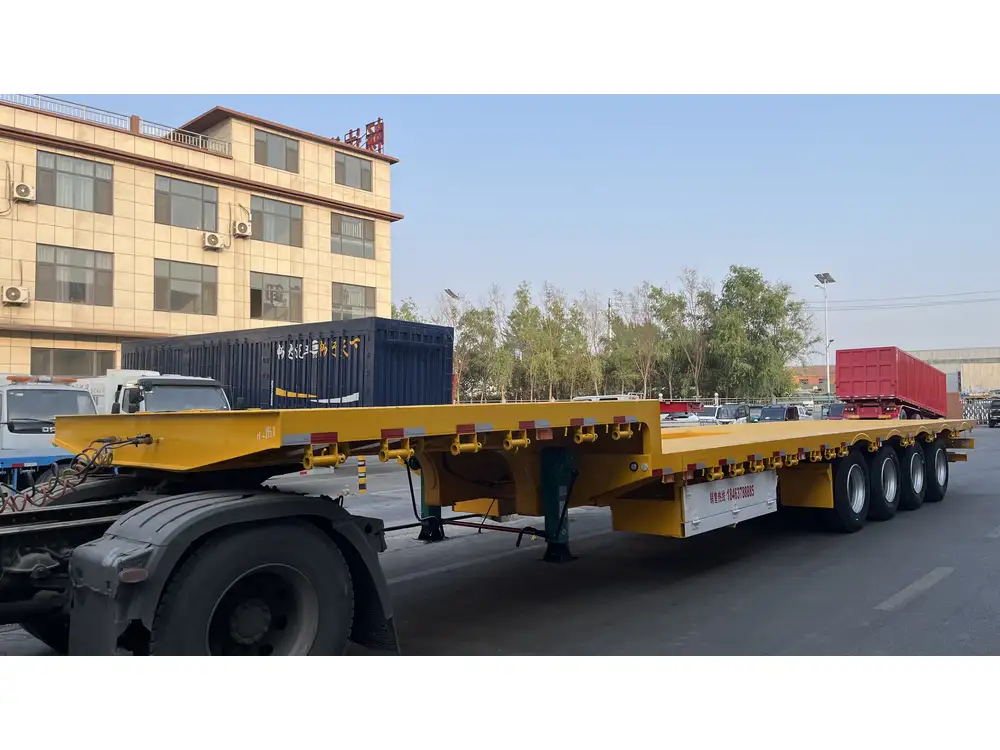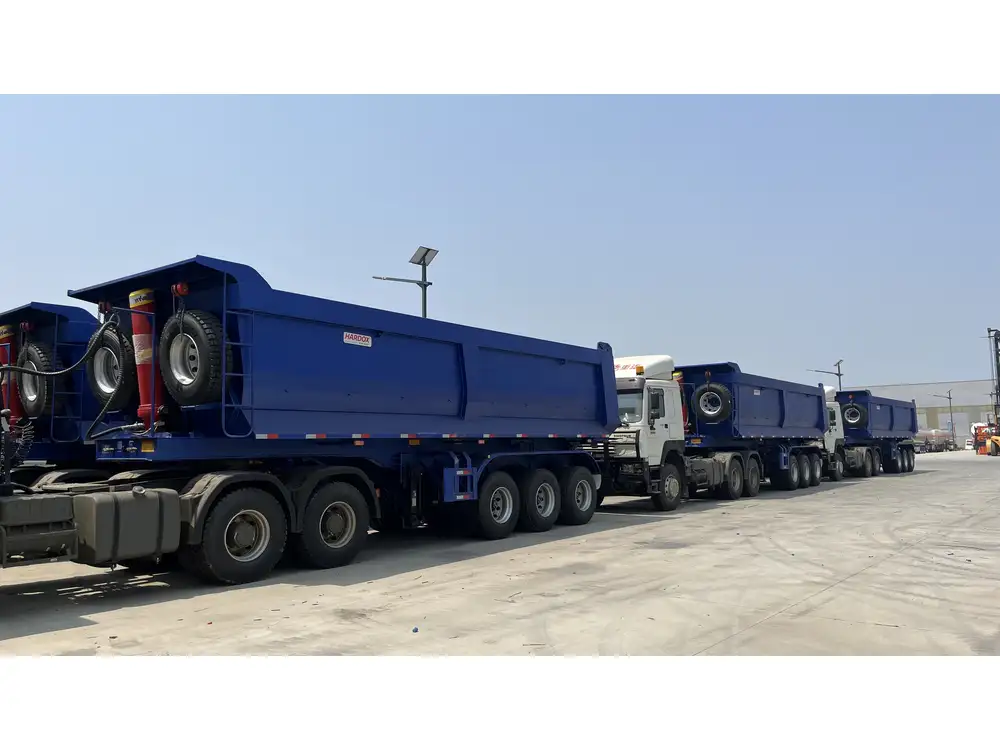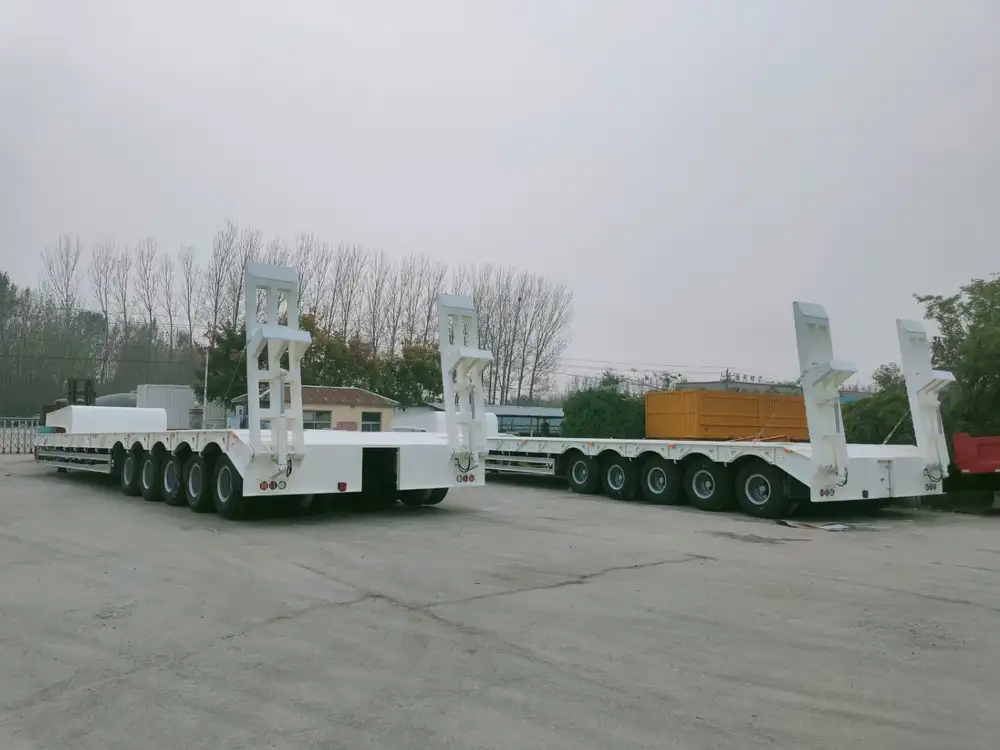When it comes to transporting your beloved pontoon boat, the choice of trailer can significantly impact both the safety of your vessel and the efficiency of your haul. A flatbed trailer often emerges as a viable option, yet it prompts the question: Can you haul a pontoon boat on a flatbed trailer? The answer is affirmative, but it warrants a thorough exploration of the best practices, safety measures, and logistical considerations.
Understanding Flatbed Trailers
What is a Flatbed Trailer?
A flatbed trailer is an open trailer with no sides or roof, which allows for easy loading and unloading of cargo. This trailer type is particularly versatile and can handle a variety of loads, from heavy machinery to oversized items. Available in various sizes and capacities, flatbed trailers can be an excellent choice for transporting pontoon boats— provided the necessary precautions and adjustments are made.
| Feature | Description |
|---|---|
| Design | Open format, no walls or roof |
| Loading Ease | No barriers for loading and unloading |
| Weight Capacity | Variability in load ratings based on design |
| Common Uses | Hauling equipment, vehicles, and boats |

Advantages of Using a Flatbed Trailer for Pontoon Boats
Easy Access: The open design of flatbed trailers allows for straightforward loading and unloading, particularly useful for larger pontoon boats that may not fit easily in conventional enclosed trailers.
Versatility: Whether you have a standard pontoon or a larger model, a flatbed can accommodate various sizes, where many enclosed options might struggle.
Weight Distribution: An open trailer permits better visibility of weight distribution during transport, which is crucial for safe driving.
Preparing for the Haul
Assessing Your Equipment
Not every flatbed trailer is created equal. Prior to hauling your pontoon boat, evaluate the following factors:
Weight Capacity: Ensure that the trailer can carry the total weight of your pontoon boat, including any additional gear. Most pontoon boats weigh between 1,500 to 3,000 pounds, so select a trailer with an adequate weight rating.
Size Compatibility: Measure your boat’s length and width. The trailer must be longer and wider than the pontoon, allowing for safe loading and secure transportation.

Required Equipment
Transporting your pontoon safely necessitates the right equipment:
Straps and Tie-Downs: Heavy-duty ratchet straps or specialized boat tie-downs are essential. These maintain stability during transit and prevent the pontoon from shifting.
Wood Blocking: If your pontoon boat’s hull does not sit flatly on the trailer, use wooden blocks to support it and prevent damage.
Brakes and Safety Chains: Ensure the flatbed trailer is equipped with functional brakes. Safety chains provide an additional layer of security to prevent the trailer from disconnecting during the journey.
Loading the Pontoon Boat onto the Flatbed Trailer
Step-by-Step Loading Procedure

1. Positioning the Trailer
Level Ground: Always load boats on level terrain to ensure stability.
Check the Trailer Angle: Ensure that the trailer is moderately inclined for ease of loading but not too steep to risk sliding.
2. Securing the Boat
Align the Boat with the Trailer: Back the pontoon boat slowly so that it is centered on the flatbed.
Use a Winch: If available, utilize a winch to pull the pontoon onto the trailer if gravity loading isn’t practical.
3. Securing the Load
Apply Straps: Once the boat is positioned uniformly, apply tie-down straps on both front and back to lock it in place. Cross the straps over the boat for enhanced stability.
Confirm Tension: Check the tension on all straps. They should be taut, making sure there is no slack that could lead to movement.

Best Practices During Transport
Observing Local Regulations
Be aware of state and local laws concerning the transport of boats on flatbed trailers. Regulations may dictate specifics such as:
- Maximum height and width allowances
- Required markings or flags for oversized loads
Driving Tips for Hauling a Pontoon Boat
Maintain a Steady Speed: Abrupt speed changes can cause swaying. Gradual acceleration and deceleration are essential for control.
Avoid Sharp Turns: The increased trailer length can create a larger turning radius; take turns slowly and widely to prevent tipping.
Increased Stopping Distance: Loaded trailers require increased distance for braking. Maintain adequate space between you and vehicles ahead.
| Driving Consideration | Tips |
|---|---|
| Speed | Maintain steady, moderate speed |
| Turns | Execute wide and gradual turns |
| Braking | Increase stopping distance |

Unloading Your Pontoon Boat
Step-by-Step Unloading Guide
Prepare a Clear Area: Ensure that the unloading area is free from obstructions for an easy disembark.
Remove Straps and Blocks: Unlatch and remove all tie-down straps. Be cautious, as they may have tension built up.
Back the Boat Off: If utilizing gravity, carefully back the boat off the trailer at an incline.
Support it with Blocks: Use wooden blocks to stabilize the boat while you’re disconnecting it.
Factors to Consider Post-Unloading
After unloading your pontoon boat, it’s advisable to check:
Hull Condition: Look for potential scrapes or damages that may have occurred during the loading/unloading process.
Trailer Condition: Inspect the trailer for wear and tear after each use— ensuring that it remains roadworthy going forward.

Troubleshooting Common Challenges
Stability During Transport
If you notice excessive swaying or instability during transport, consider these solutions:
Re-check Tie-Downs: Ensure all restraints are firmly adjusted.
Weight Distribution: Confirm that the boat is evenly centered on the flatbed.
Speed Adjustment: Lower your driving speed to maintain control.
Hitting Roadblocks
If you encounter low bridges or narrow roads:
Plan Your Route: Before beginning your journey, calculate the height of your setup and choose roadways that can accommodate your height.
Use Apps for Route Planning: Many navigation apps allow you to avoid low-clearance situations.

Conclusion: Maximize Safety and Efficiency
Hauling a pontoon boat on a flatbed trailer can be a straightforward and effective way to transport your vessel, provided that thorough planning and the right equipment are utilized. Understanding your trailer’s specifications, preparing adequately for loading, maintaining a steady driving practice, and addressing any potential challenges will facilitate a successful transport experience while keeping both your boat and other road users safe.
Investing time in the process not only preserves the integrity of your pontoon but also enhances your confidence as a boat owner and transporter. Elevate your boating experience by mastering the art of trailer transport!



